Quanta Computer IS3 Smart Phone User Manual Specification US
Quanta Computer Inc Smart Phone Specification US
User Manual
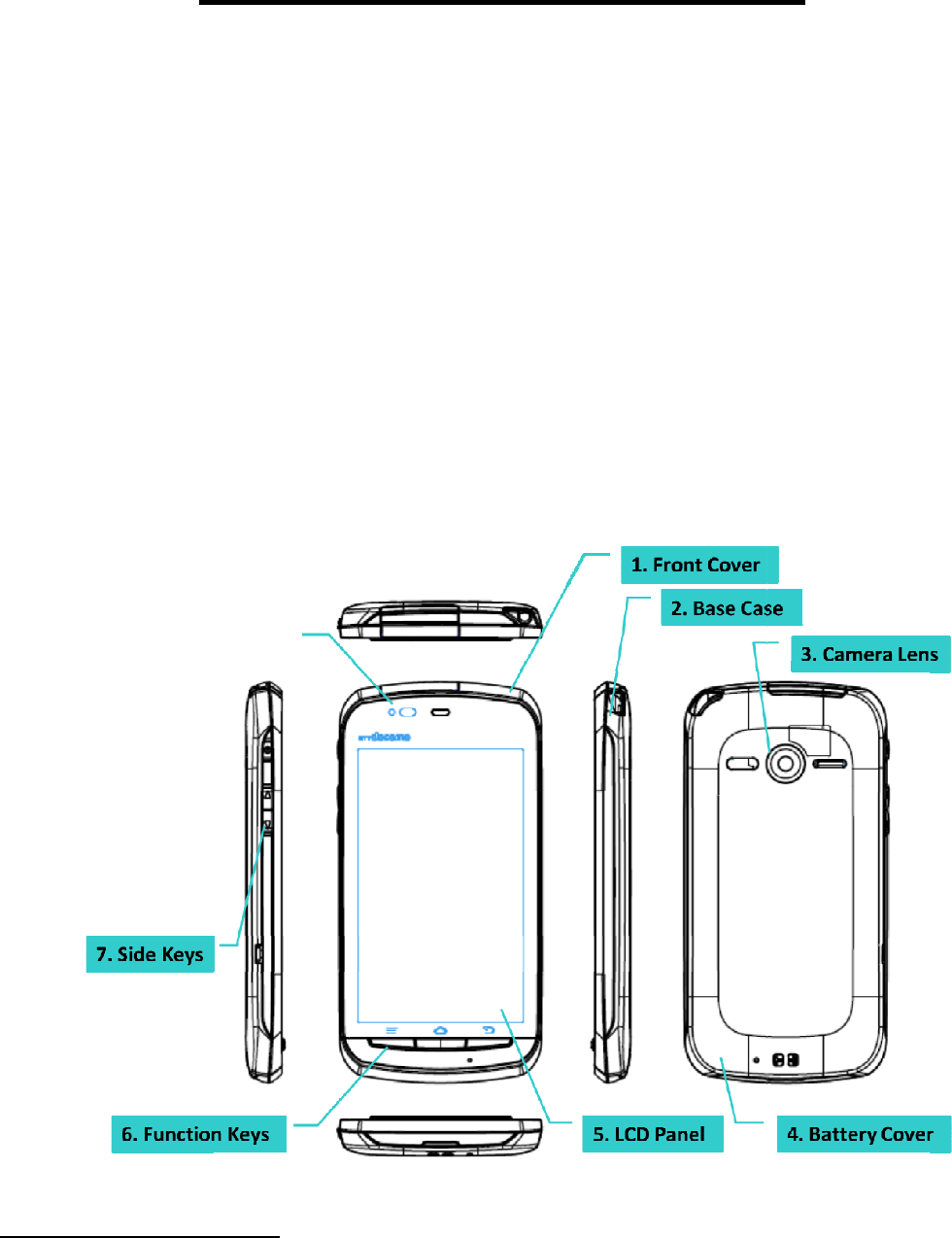
F-
11D
1. Definition (
適用
This Document is based on the Fujitsu Low Tier Smart Phone product requirement
Fujitsu and apply to the IS3 (Swordfish) specification. IS3 is defined as a low tier Android smart
phone for Japanese and Europe Markets. The RF interfaces for IS3 will include UMTS, WiFi and
Bluetooth. The design platforms for IS3 are based o
Ice Cream Sandwich (ICS) version.
2. Basic Specification (
2.1
ID, Outlook and Form Factor
Light Sensor
11D
Specification
適用
)
This Document is based on the Fujitsu Low Tier Smart Phone product requirement
Fujitsu and apply to the IS3 (Swordfish) specification. IS3 is defined as a low tier Android smart
phone for Japanese and Europe Markets. The RF interfaces for IS3 will include UMTS, WiFi and
Bluetooth. The design platforms for IS3 are based o
n Qualcomm 8255A-
0 and Google Android OS
Ice Cream Sandwich (ICS) version.
2. Basic Specification (
基本仕様)
ID, Outlook and Form Factor
Specification
This Document is based on the Fujitsu Low Tier Smart Phone product requirement
1 provided by
Fujitsu and apply to the IS3 (Swordfish) specification. IS3 is defined as a low tier Android smart
phone for Japanese and Europe Markets. The RF interfaces for IS3 will include UMTS, WiFi and
0 and Google Android OS
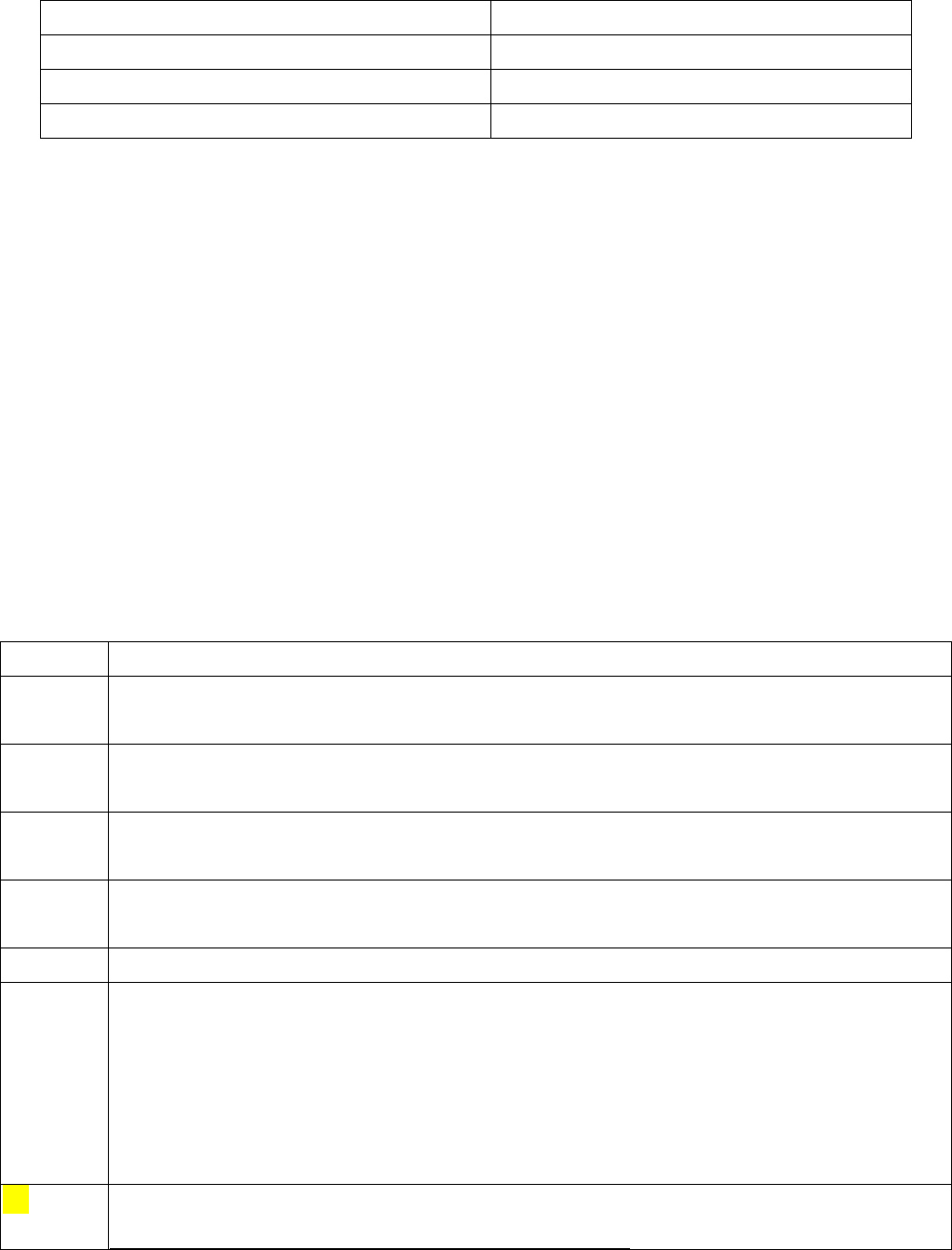
Form Factor Bar type
Target weight 124 g
Dimensions 119.4mm(L) x 60mm(W) x 10.85mm(T)
Product Cubage 77.7 cc
2.2 System Temperature and Humidity
1) Operating temperature/Humidity
-5~45 degree C / 0~80 %RH
2) Storage Temperature / Humidity
-25~70 degree C / 0~90 %RH
3) RF portion* operating temperature
-10~55 degree C
2.3 Hardware Specification (ハードウェア
ハードウェアハードウェア
ハードウェア仕
仕仕
仕
様
様様
様)
Item Specification
CPU Qualcomm MSM8255A-0 SoC, CorTex A8 core
The CPU clock speed is running up to 1 GHz.
MCP 4 GB eMMC, On board
1 GB LPDDR2 DRAM, 400MHz, PoP
Display 3.7” LCD
16.7M color depth, WVGA (800x480) resolution
Touch
Panel
Capacitive type flat panel, 5 points multi-touch
SIM Standard ETSI TS 102 221 SIM interface
WLAN
Broadcom WiFi Chip BCM4330 Module, support 802.11 b/g/n with the following functions
supported
Mobile hotspot
AOSS
WiFi Direct
WPS mode
BT Broadcom BCM4330 module, support BT3.0
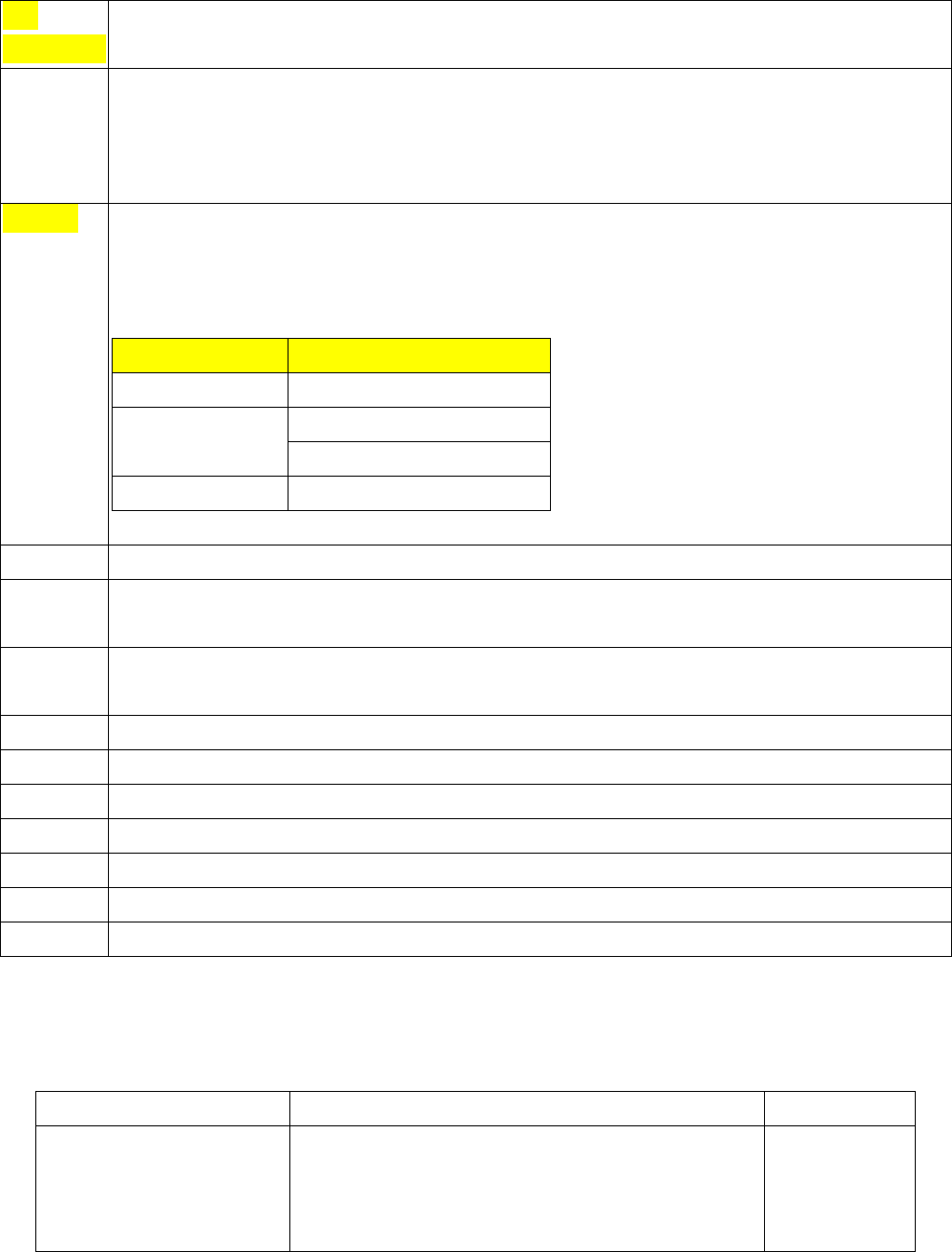
FM
Transmitter
FM transmitter frequency: 77.4MHz ~ 85MHz
USB USB 2.0 FS/HS client
Micro-B type connector
For both Data Sync and power charging
(Earphone will be sell with EUT and EU market)
Sensors* Accelerator
Compass
Proximity (On: 2cm / Off: 2.5cm)
Ambient light sensor
Lux Brightness
0Lx~50Lx 25cd/m^2~105cd/m^2
150Lx~300Lx 54cd/m^2~200cd/m^2
80~100cd/m^2
700Lx~750Lx more than 100cd/m^2
IrDA (Operation Degree: 20cm/30 deg)
Speaker 0.5 Watt
Earphone
Stereo earphone set supported with insertion detection
(Earphone will be sell with EUT and
EU market)
Receiver 10mWatt
Based on JIS C5532
Camera 5Mp AF CMOS camera on the back side.
GPS Supported
A-GPS Supported
Vibrator Yes
LED LED 3 color LED supported (blue, green, red)
Battery Lithium Ion type with 1520 mAh
Waterproof
IPX7, IPX8 (1.5m)
2.4 Radio Interface Specification
2.4.1 Main Interfaces (Preliminary)
Features Description Notes
Frequency
GSM-850 (824-849MHz; 869 – 894MHz).
PCS-1900 (1850-1910MHz; 1930 – 1990MHz)
WCDMA 826.4-846.6MHz
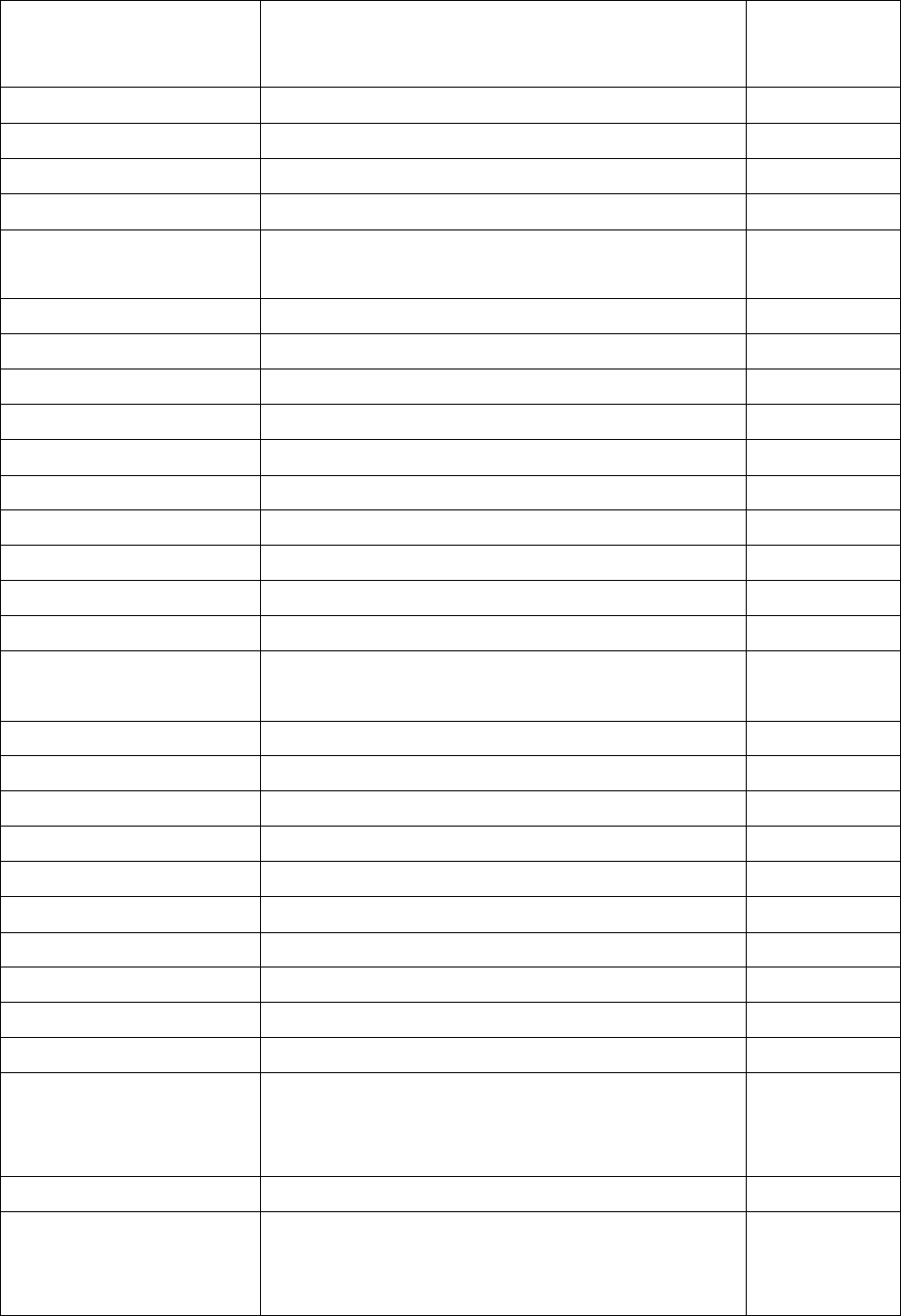
RF system MSM8255A-0+QTR8615
UMTS/HSDPA 800/1700/2100
PMIC PM8058
Tele Service
Coding Type AMR-NB, FR, EFR, HR, AMR-WB
GSM
Voice Feature Support MT/MO call
Emergency call
Ciphering A5/1, A5/3
Circuit-switching data 9.6 kbps, 14.4 kbps, 64kbps(for VT supported)
GPRS
DTM operation Simple Class A
Terminal Class Class 12 (4Rx + 4Tx, max:5)
Service Class Class B
Coding Scheme CS1, CS2, CS3 and CS4
Ciphering GEA1, GEA2, GEA3
Power Control GSM05.08 Sec. 4
Point to Point Supported
Multiple PDP 3 Primary PDP contexts
2 Secondary PDP contexts
UMTS rel.99
Division Duplex FDD
Peak PS data rate 384 kbps UL/ 384 kbps DL
Peak CS data rate 64 kbps UL/ 64 kbps DL (64/14.4/9.6 kbps)
HSDPA
HS-DSCH channel Max 10ch
Modulation QPSK/ 16QAM
Category Support HSDPA Category 6/8;
Peak Rate 7.2 Mbps/DL (Standalone); Up to 384K bps/UL
Modulation 16QAM, QPSK
Logical Channels
HS-SCCH (up to 4 simultaneously)
HS-DPCCH
HS-PDSCH – up to 10 channels
Data Service
Data mode
CSD Rate Up to 9.6, 14.4 and 64kbps
DTE/DCE interface via USB 2.0 full speed
3GPP 27.007 AT Command Set
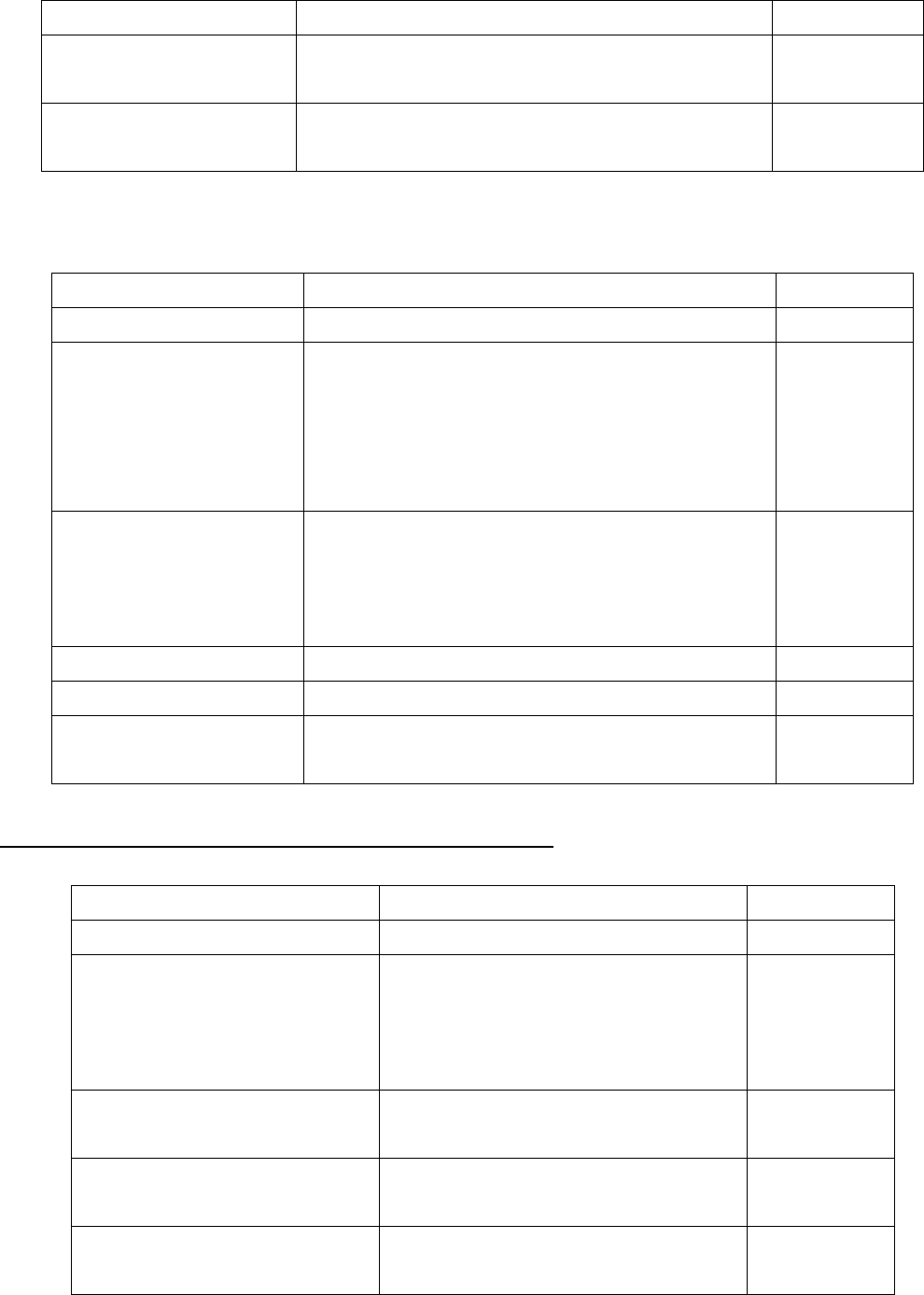
3GPP 27.005 Short Message
SMS SMS Class 0, 1 and 2
GSM TS7.05 / Short Message MT/MO
GPS
gpsOne® Gen 6 Engine support, C/No Avg 37
dB/Hz
2.5.2 Full Feature Set (Preliminary)
Features Description Notes
Vocoder Supported
Frequency Band
GSM 850
PCS 1900
UMTS 2100/1700/800
Automatic Mode
Manual band selection
GPRS
Class B
Class 12 (4Tx, 2Rx, max:5)
CS1, CS2, CS3 and CS4
Launch the application with GPRS
DTMF Supported
Mute Supported
AMR audio for
multimedia usage
Supported
Short Message Service Mobile-Originated (SMS MO)
Features Description Notes
SMS MO in UCS2 format See UCS2 section for details
Last TP-MR
Special data field in the SIM where
the last message reference used is
stored. This data field ensures that
the references are unique.
Message Service via GPRS
(MO)
depends on carrier service
Read and send during voice
call
Support
Read and send during data
connection is active
Support
Federal Communication Commission Interference Statement
This device complies with Part 15 of the FCC Rules. Operation is subject to the following two
conditions: (1) This device may not cause harmful interference, and (2) this device must accept any
interference received, including interference that may cause undesired operation.
This equipment has been tested and found to comply with the limits for a Class B digital device,
pursuant to Part 15 of the FCC Rules. These limits are designed to provide reasonable protection
against harmful interference in a residential installation. This equipment generates, uses and can
radiate radio frequency energy and, if not installed and used in accordance with the instructions,
may cause harmful interference to radio communications. However, there is no guarantee that
interference will not occur in a particular installation. If this equipment does cause harmful
interference to radio or television reception, which can be determined by turning the equipment
off and on, the user is encouraged to try to correct the interference by one of the following
measures:
- Reorient or relocate the receiving antenna.
- Increase the separation between the equipment and receiver.
- Connect the equipment into an outlet on a circuit different from that
to which the receiver is connected.
- Consult the dealer or an experienced radio/TV technician for help.
FCC Caution: Any changes or modifications not expressly approved by the party responsible for
compliance could void the user's authority to operate this equipment.
This transmitter must not be co-located or operating in conjunction with any other antenna or
transmitter.
Note: The country code selection is for non-US model only and is not available to all US model. Per
FCC regulation, all WiFi product marketed in US must fixed to US operation channels only.
4
44
4RF Exposure Information (SAR)
RF Exposure Information (SAR)RF Exposure Information (SAR)
RF Exposure Information (SAR)
This mobile phone meets the government’s requirements for exposure to radio waves.
This phone is designed and manufactured not to exceed the emission limits for exposure to radio frequency (RF)
energy set by the Federal Communications Commission of the U.S. Government.

The exposure standard for wireless mobile phones employs a unit of measurement known as the Specific Absorption
Rate, or SAR. The SAR limit set by the FCC is 1.6W/kg. *Tests for SAR are conducted using standard operating
positions accepted by the FCC with the phone transmitting at its highest certified power level in all tested frequency
bands. Although the SAR is determined at the highest certified power level, the actual SAR level of the phone while
operating can be well below the maximum value. This is because the phone is designed to operate at multiple power
levels so as to use only the poser required to reach the network. In general, the closer you are to a wireless base
station antenna, the lower the power output.
The highest SAR value for the model phone as reported to the FCC when tested for use at the ear is 0.835 W/kg and
when worn on the body, as described in this user guide, is 0.898 W/kg (Body-worn measurements differ among phone
models, depending upon available accessories and FCC requirements.)
While there may be differences between the SAR levels of various phones and at various positions, they all meet the
government requirement.
The FCC has granted an Equipment Authorization for this model phone with all reported SAR levels evaluated as in
compliance with the FCC RF exposure guidelines. SAR information on this model phone is on file with the FCC and
can be found under the Display Grant section of www.fcc.gov/oet/ea/fccid after searching on FCC ID: HFS-IS3.
For body worn operation, this phone has been tested and meets the FCC RF exposure guidelines for use with an
accessory that contains no metal and that positions the handset a minimum of 1 cm from the body. Use of other
accessories may not ensure compliance with FCC RF exposure guidelines. If you do no t use a body-worn
accessory and are not holding the phone at the ear, position the handset a minimum of 1 cm from your body when the
phone is switched on.